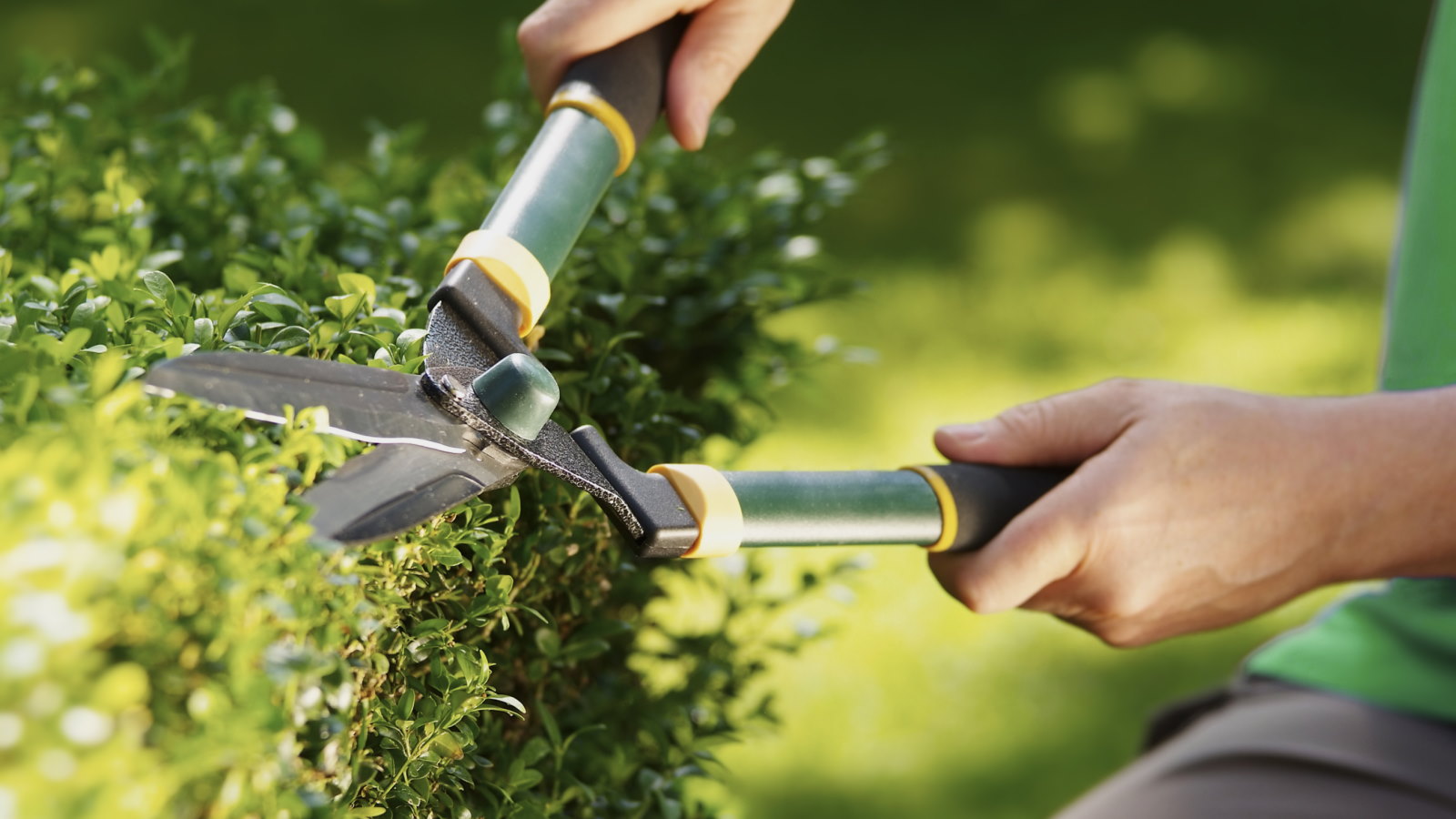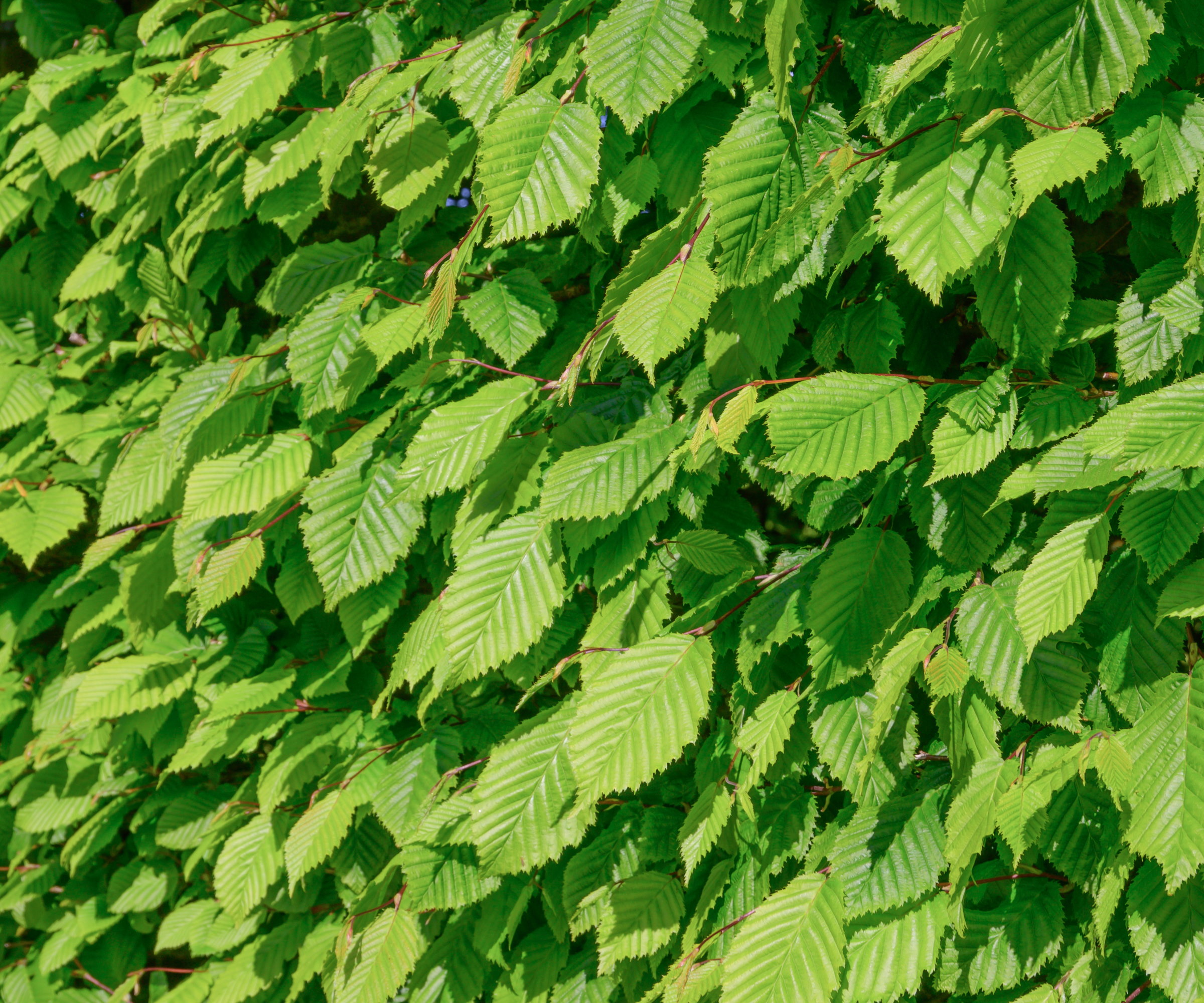
Trimming hedges keeps them healthy, bushy, and controlled. However, knowing when to prune hedges can be confusing as there are a lot of factors to consider. The different types and styles can mean varying timings for when to prune hedges.
The best time to prune hedges primarily depends on the type of hedging plant you have, and many hedges will benefit from multiple trims throughout the growing season to keep them looking neat.
Whether you have evergreen, deciduous, or conifer hedges as part of your backyard ideas, there are simple guidelines to ensure you prune them at the right time of year. Let us help clear things up as we explore the exact right times to prune hedges.

When is the best time to prune hedges?
Knowing the best time to prune hedges means your plants can remain attractive, healthy, and under control year after year. Whether you have large hedges on your property’s boundary or small formal hedges to compartmentalize a backyard, getting that timing right remains crucial.
I cut lots of different hedges during my career as a professional gardener. It included long hedge cuttings seasons in various public gardens cutting formal hedges of various heights and lengths. I strive to share my personal knowledge, and also hear from other experienced gardeners, to help you understand when to prune hedges and how often different types may need cutting annually.
When to prune evergreen hedges

Evergreen hedges should be cut at least twice a year to keep these fast-growing plants neat and dense. The likes of box, yew, privet, laurel, or holly have been popular as low maintenance hedge plants for many years when landscaping with hedges to create neat, formal hedges as a boundary or to divide a garden into areas.
Prune box and privet hedges at least twice a year during the growing season from spring to summer, potentially even three times a year. Yew benefits from trimming twice a year to keep it tidy, while holly is less demanding and requires only one trim in late summer.
While many evergreen bushes are trimmed during mid-to-late summer, there are a couple of exceptions where a later prune is recommended. Steve Swanborough, gardening expert at Henchman advises: ‘Evergreens like yew and privet prefer pruning in fall after active growth has stopped. Plus, pruning too early in the season can disturb nesting birds.’
Avoid trimming evergreen bushes too late into fall. It would be a pruning mistake as a flush of late growth will be damaged in winter.
When to prune deciduous hedges

Deciduous hedges also benefit from two prunes during the growing season. The likes of hornbeam, beech, and hawthorn quickly grow during the season to produce a screen and even when they drop their leaves later in the year provide structure to a winter garden.
Prune deciduous hedges twice a year. Firstly, trim in early summer after their first growth spurt when they come out of dormancy in spring. This keeps them compact and groomed for the summer months. The hedges will produce another flush of growth during summer and benefit from another trim in late summer or early fall.
‘October is an ideal time to prune your deciduous foliage because the weather is usually still fairly warm which means your plants are less likely to incur damage from cold snaps,’ recommends Jamie Shipley, a gardening expert and managing director of Hedges Direct. ‘An added benefit is you also don’t run the risk of disrupting nesting birds.’
When you do the second prune will depend on your US hardiness zone. If you have colder winters and earlier frosts, it is recommended to prune in late summer rather than wait until October to trim.
When to prune conifer hedges

Established conifers such as cypress or thuja are fast-growing hedging plants that require pruning more than once each year to keep them well-maintained and under control. Jamie Shipley recommends: ‘Most conifer species will only need a trim twice a year. I recommend pruning once in early spring and then again in fall.’
A light trim in spring keeps conifers in fine fettle for the summer. Late summer or early fall is a good time to prune conifers as they shed their needles at this time. It is a good time to assess the form of the hedge and reshape it as required.
When to prune flowering hedges

There is a great variety of flowering shrubs which can be grown as informal hedges to provide beauty, texture, and color to a boundary. The flowers and scent can lift a space and they can offer great food and habitat as hedges for wildlife.
The best time to prune flowering hedges will depend on the type of hedge, but a good general rule of thumb is to prune straight after they have flowered. As with when to prune shrubs, prune flowering hedges such as forsythia, lavender, fuchsia, or berberis after flowering.
The post-flowering timing is for both evergreen and deciduous varieties and it gives the hedge ample time to regrow again before next year’s blooms.
When to prune young hedges

Formative pruning is done for the first 2-3 years after planting a hedge. It helps to encourage a strong, bushy framework and the time of year to do formative pruning depends on the type of hedging.
Formative pruning of deciduous hedges should be done in fall or winter when the plants are dormant. There is no need to prune formal deciduous hedges upon planting but they benefit from formative pruning every winter until a thick hedge is established.
Evergreen hedges should be lightly trimmed in spring as the new growth is starting for the year, while formative pruning of conifer hedges takes place in late spring or summer.
Shop hedge pruning tools
This long 25" hedge trimmer has double-sided steel blades for clean cuts through large hedges. It has a two-speed range selector and a rotating handle for awkward angles.
A lightweight and compact hedge trimmer with 22" blades for tackling tougher, larger hedges. With a rotating rear handle and hedge sweep to clear clippings as you cut.
A pair of steel blade garden shears with shock-absorbing bumpers to reduce strain on your hands. Plus the PowerGear2 technology gives you more power on each cut.
If you have an overgrown hedge, the best time to do major pruning work is during its dormant season in late winter or early spring. While trimming during the growing season is good for maintenance, overgrown hedges need more rejuvenation that is best done during dormancy and just before the hedging plants start growing again.
However, if your neighbor has an overgrown hedge that grows into your garden it can be complicated. So can you cut a neighbors hedge? The answer is yes and no. You can prune the branches that are over your property line. However, you can only cut up to the property line and not past that point into their property without permission.







